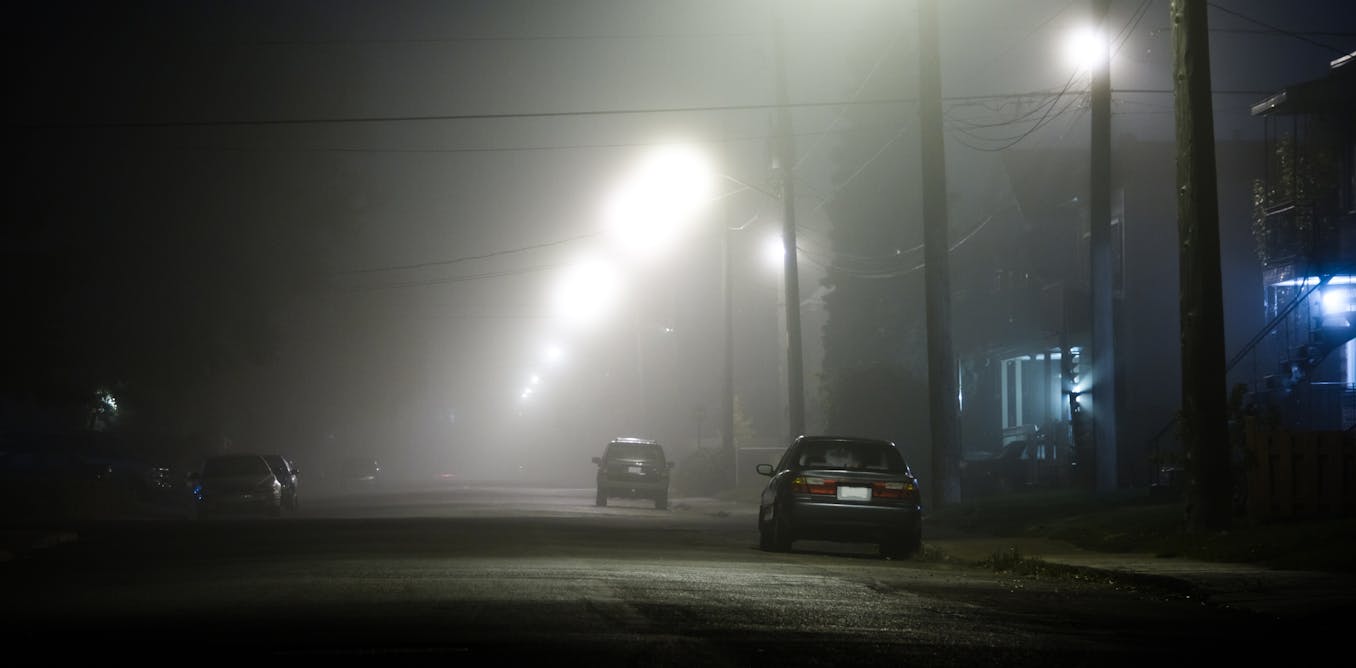computer-audiophile
Major Contributor
Excerpt from a German website:
"Not all people hear equally well
Often, those affected doubt themselves. They hear a buzzing sound, but other family members do not notice it. In fact, some people hear better than average, especially the very soft sounds. This apparent advantage quickly turns into the opposite when the noise is perceived as disturbing or even "annoying".
When microphones reach their limits
Microphones offered cheaply for private users usually only measure sounds with a sound level of 30 dB and higher. Applications for smartphones are subject to a similar limitation. To measure and classify very quiet sounds, the user needs high-quality equipment for sound measurement.
Measuring with the low-noise microphone
measure low sound levelsThe special microphone from the PCB Piezotronics company in the USA was designed for recording very quiet sounds. With a low self-noise of 4.6 dB, it is more than 10 decibels lower than a good Class 1 microphone. The low-noise microphone is therefore well suited for hum detection in conjunction with the XL2 sound level meter and frequency analysis."
"Not all people hear equally well
Often, those affected doubt themselves. They hear a buzzing sound, but other family members do not notice it. In fact, some people hear better than average, especially the very soft sounds. This apparent advantage quickly turns into the opposite when the noise is perceived as disturbing or even "annoying".
When microphones reach their limits
Microphones offered cheaply for private users usually only measure sounds with a sound level of 30 dB and higher. Applications for smartphones are subject to a similar limitation. To measure and classify very quiet sounds, the user needs high-quality equipment for sound measurement.
Measuring with the low-noise microphone
measure low sound levelsThe special microphone from the PCB Piezotronics company in the USA was designed for recording very quiet sounds. With a low self-noise of 4.6 dB, it is more than 10 decibels lower than a good Class 1 microphone. The low-noise microphone is therefore well suited for hum detection in conjunction with the XL2 sound level meter and frequency analysis."


